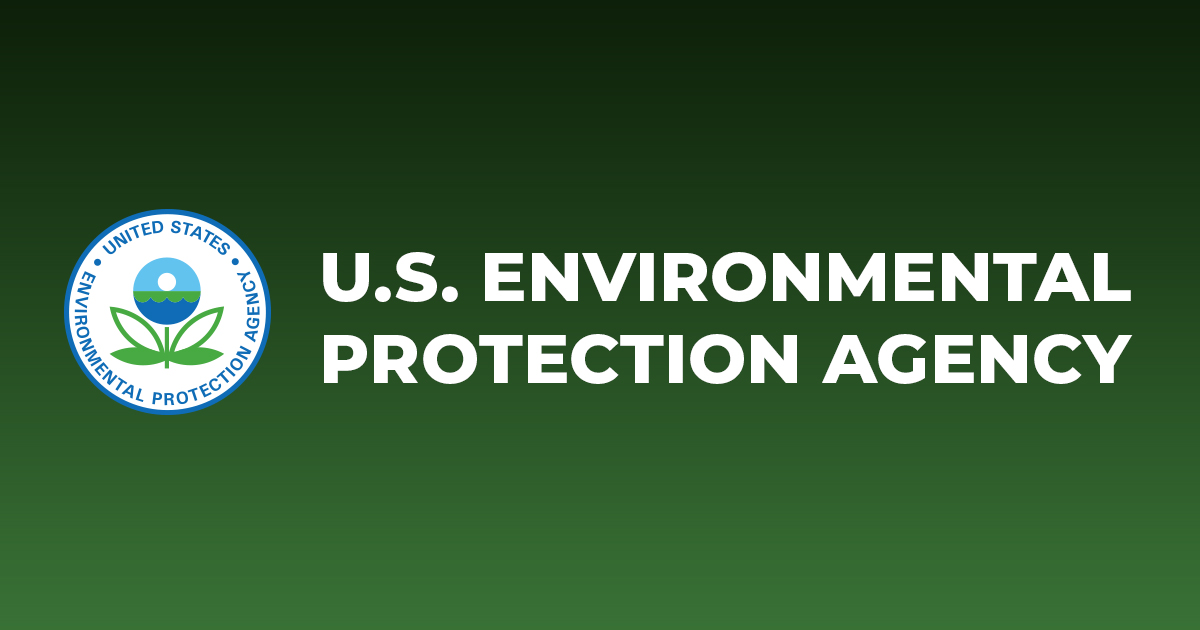You dont KNOW they been "there" for 130 million years. "There" in terms of prime fisheries is rather small.
By "here" I meant the planet Earth.
And it depends on the RATE of warming. Whether the species has time to ADAPT to that forcing.
Excellent!!! You are the FIRST AGW denier I've ever seen recognize that point.
So -- DO THE WORK. Dont post GLOBAL AVERAGE anything.
I'll post whatever I want dude.
Get the temperature in those prime fisheries and find the HISTORICAL 100 year (at least) record. NO ONE -- including NOAA has posted that in ANY of the "Snow Crab" latest mystery chapter.
Some informative Bering Sea data from an article pre-print accepted by Geophysical Research Letters authored by Woodgate & Peralta-Ferriz

Figure 1. Annual mean Bering Strait properties. (a) Summer satellite (MODIS) Sea Surface Temperature (SST) image of the Bering Strait region showing moorings (black dots) and NCEP wind points (X) [from Woodgate et al., 2010]. (b) Total northward volume transport estimated from A2 (grey) and from A3 with corrections (black, with uncertainty dashed), the latter split into volume colder than (blue crosses) or at/warmer than (red pluses) 0°C, and into the pressure- manuscript in press for Geophysical Research Letters head (green circles) or local wind-driven (brown triangles) contributions. From A3 (black) and A2 data (grey), annual mean (c) near-bottom temperature with SST (red); (h) salinity; (g,i) heat and freshwater transports respectively, with corrections (red) for the Alaskan Coastal Current (ACC) and surface layer/stratification. From 30-day smoothed A3 data, first (d) and last (e) Julian day (JD) above 0°C and number of days above 0°C (f), showing (blue) when 30-day smoothed SSM/I ice concentration at A3 first/last falls below 20% (melt-back) (d); rises above 20% (freeze-up) (e), and open water time between these dates (f).
And, from NOAA, aggregate data on the movement of multiple Bearing Sea marine species over the last 50 years
This graph shows the annual change in latitude (movement in miles) and depth (feet) of 78 marine species along the Northeast coast and 53 in the eastern Bering Sea. The multi-region average consists of 140 unique species. Changes in the centers of biomass have been aggregated across all species and by region.
Data source: NOAA and Rutgers University, 2021
4
Web update: April 2021
This indicator examines changes in the location of fish, shellfish, and other marine species along U.S. coasts.

www.epa.gov
AND YOU"RE STILL posting "Global Averages" when the problem is in a SMALL SECTION of the Bering strait. Earth does NOT HAVE JUST ONE -- climate zone.
It is patently obvious that you simply wish to throw obstructions my way.
I'm helping you out here dude and you dont even realize that.
Because you're not and we both know it.
Because NO crabs anywhere are dying from the GLOBAL ocean warming rise. It's gonna BE a "local effect" that MAY have climate implications INdirectly.
You have no idea what may or may not have happened to the 7 billion crabs that have disappeared over the last 3 years. Local data from numerous sources have told us that warming in the Pacific NW, both air and water, has been GREATER than the global averages. I'm taking the conservative route here. Besides which, I have not posted global data in this thread except in response to the recent nutcases (EMH and Flash) who've been attempting to argue that there has been no ocean warming anywhere.
That's how LITTLE you've ACTUALLY learned about GW over several decades and thousands of posts.
Your disingenuous pretense that you're only trying to help is going to make me spew. Have the guts to stop trying (poorly) to bullshit folks here. You lost the façade of "nice guy" a long time ago.

